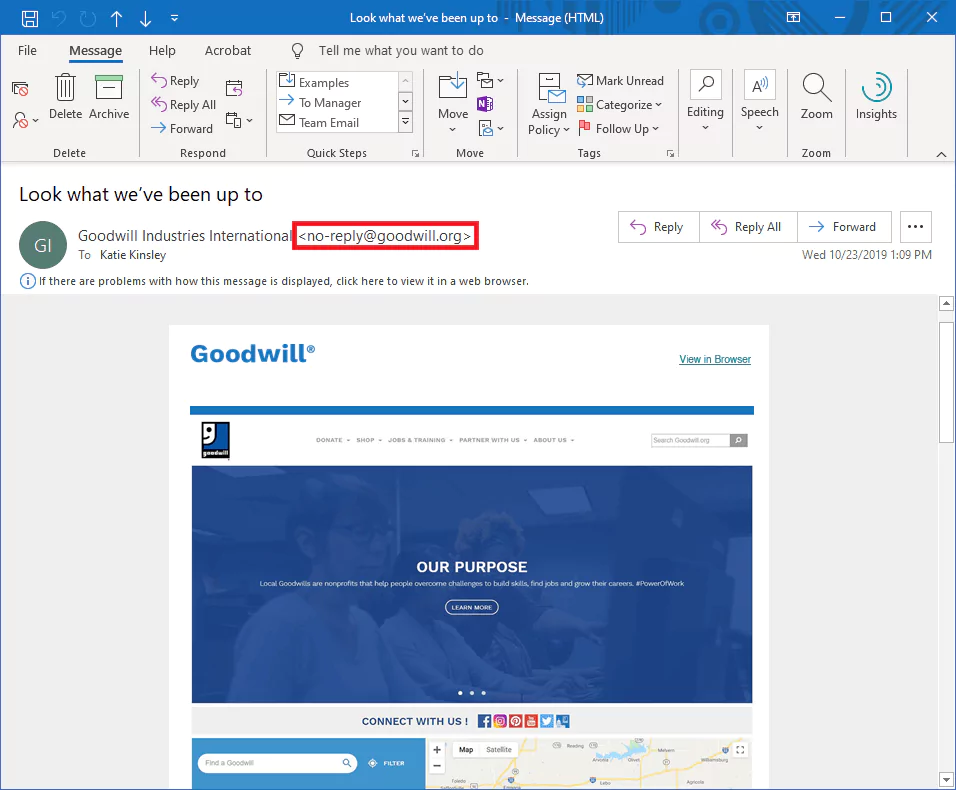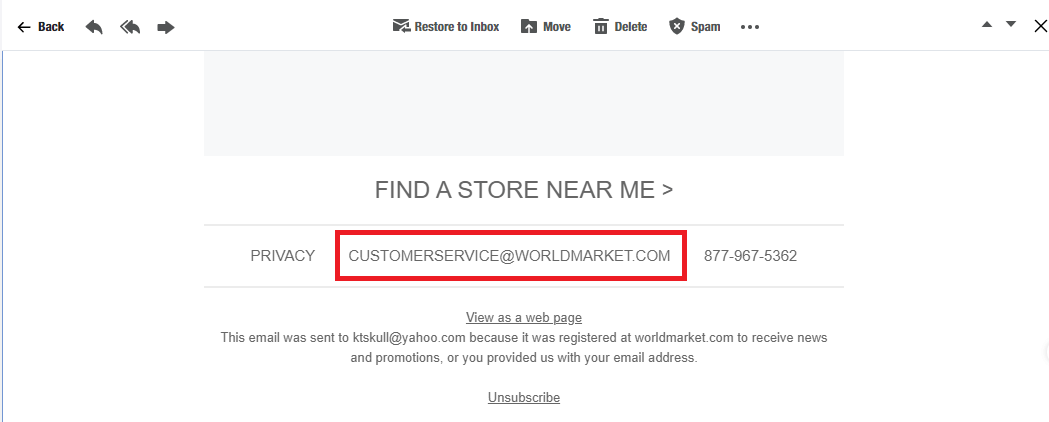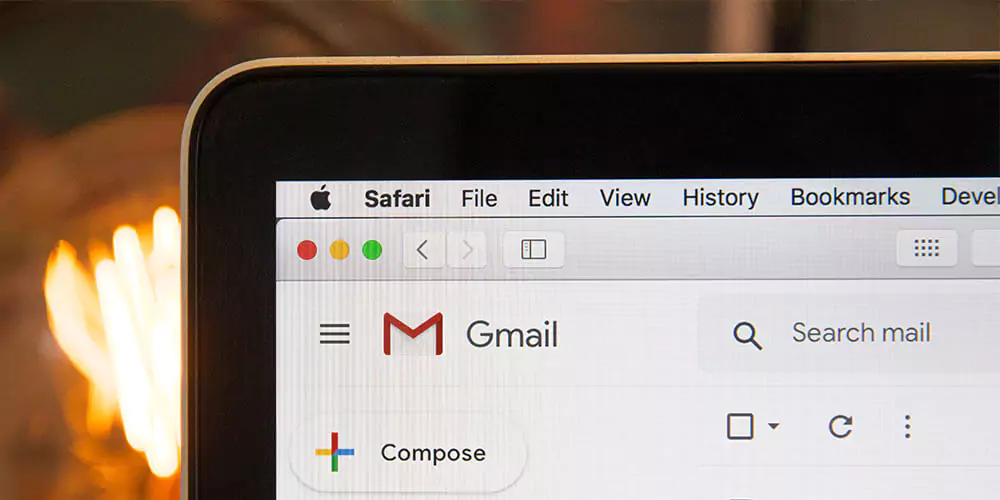This post originally was written for Brad Cecil and Associates.
When you’re starting your marketing efforts, you may be tempted to use a noreply email address in the sender properties of your emails. You may be a one-person marketing team that doesn’t have time to bother with the abundance of Out of Office replies from using anything other than a noreply email address. Or you may not feel that your audience should be able to be in contact with you that instantly. But I’m here to tell you that there’s no excuse large enough to warrant using a noreply.
What is a Noreply Email Address?
A noreply email is an email address that is listed in the format of “noreply@domain.com”.

Many marketers use the noreply to discourage the audience from being able to reply back to their marketing emails. If your audience does reply, the email won’t be received, and they will receive another email that their message could not be delivered.
4 Reasons Why You Shouldn’t Use a Noreply Email Address
- It comes off as “cold” – Imagine someone walking up to you at the grocery store and telling you there’s 15% off of Honeycrisp apples. You try to continue the dialogue by asking “Where’s the apple section?” only to watch them walk away and ignore your question. The practice of a noreply is making the organization unapproachable and quite rude. It dismisses an opportunity for a personal connection.
- Ceasing the opportunity for more dialogue – If you send a regular newsletter containing missing information, a subscriber might want to reply for clarification. What if your links were broken and a subscriber wanted to reach out to volunteer? If you’re using a noreply, they will not be able to get in touch. Having a reply address is an opportunity to keep the conversation going.
- You might miss requests for unsubscribing – Have you ever received an email without an Unsubscribe link at the bottom? The next logical step is to reply the to marketing email and asked to be removed. But what if it’s a noreply email and you receive a follow-up email letting you know that your email was not delivered? I bet you’re frustrated.
Even if you setup an email address that can receive replies, you still need someone to monitor the account for these requests to unsubscribe. If you don’t, then you’re making it easier for your subscribers to complain or mark as spam – which can end up hurting your deliverability rates down the road.
A plus to monitoring the emails that come to a generic address is that you might catch subscribers who ask to update their information.
- Decreases deliverability and increases spam – If you use a noreply address then there’s no way for you to instruct your subscribers to whitelist your email address. Most ISP’s do not allow you to do that from a noreply. Some ISP’s even send noreply’s straight to the junk folder, which can decrease your deliverability.
When Should I Use a Noreply?
There are some exceptions to using a noreply address. In the case of transactional emails, such as a purchased product, online gift or event tickets, it is okay to have an automated receipt from a noreply. But, include some information about how to get in touch with someone about the purchase.


Test It!
I ran a noreply test with G-Lock Apps Inbox delivery testing services. G-Lock sends six emails to three different ISP’s to test the noreply email. One ISP rated the inbox placement at 66.7% with 16.7% going into a tab (like Gmail’s promotion tab) and 16.7% had missing information. The second ISP gave an 83.3% inbox placement and only one email was delivered into a tab. The third ISP, by staggering contrast, only reached the inbox at 50%, while the other 50% had missing information or weren’t delivered.

Summary
Using a noreply address is a bad marketing move for your organization. It offers your subscribers a bad user experience, cease’s their opportunity continue the conversation and can decrease deliverability that can negatively impact your entire email program.
Instead, use a generic “customerservice@domain.com” to help facilitate that relationship between you and your subscribers. It’s a personal touch that will help you build (and keep) your brand recognition.
Have you had any bad experiences with a noreply address? Share them in the comments below!
Cheers,
Katie






